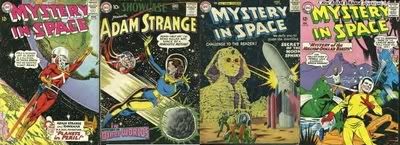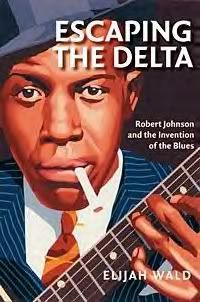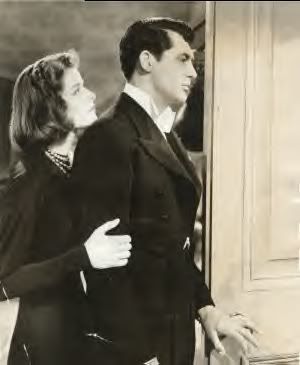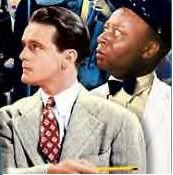 FAREWELL TOM -- WE HARDLY KNEW YE
FAREWELL TOM -- WE HARDLY KNEW YE
I'm not a cat person. I never have been. I like dogs. So does my whole family. That's why I was surprised this past year when my parents suddenly began feeding a stray family of cats in the backyard: Tom (yeah, original name, huh?) and his family. Story goes that a family in the neighborhood moved away and abandoned Tom to the elements. Nice, huh? Well, Tom (that's him on the right with his son Wiley) had himself a little family and my parents began buying food to put out for them when the weather began turning colder last autumn. They also would catch the cats one by one and bring them in to have them "fixed" so there wouldn't be any more stray cats running around the neighborhood. Now, as I've said, I'm not a cat person. However, there have been a couple cats I've known who I've actually liked (you can count them on one paw). First there was my friend Cindstercind's fat cat Spike back in the 80's. Then there was my friend Sweet Cheeks' cat Peter Peaches (insert gag reflex here) and presently Frodo. Well, my parents and grandmother each had a favourite cat in this stray family. I guess I gravitated to Tom because he had a big fat head like me. Well, as these things go, last week we noticed Tom was limping and holding up his front paw. My parents finally got him yesterday and took him to the vet to fix him up. Unfortunately, the vet called back soon after and said that ole Tom has kitty AIDS and needed to be put down. Which is what happened. Now, I'm still not a cat person but Tom was pretty cool. I'll miss him. The poor guy had been a house cat all his life until those scumbuckets abandoned him. So, for a second, say a little farewell to a cool cat you never met but I bet would've liked. Even if you're not a cat person.
 ATTENTION ALL OLD BOOGERS!!! Does anyone besides me remember way back in the day (I'm talking circa 1981) when Nickelodeon was a new cable channel??? And does anyone remember when they showed comic books on TV??? I'm totally not psychotic here, this really happened. Nickelodeon once aired a show that literally showed an entire comic book (one panel on screen at a time) accompanied by actors voicing the word balloons and (if I'm not mistaken) even sound effects. The comic books were exclusively DC Comics mostly from the Silver Age (with the exception of Berni Wrightson's Swamp Thing of the early 70's). Along with Green Lantern comix pencilled by Gil Kane and Flash comix by Carmine Infantino there was also a plethora of "spacey" silver age DC comics like Mystery in Space starring Adam Strange, Space Ranger or Captain Comet.
ATTENTION ALL OLD BOOGERS!!! Does anyone besides me remember way back in the day (I'm talking circa 1981) when Nickelodeon was a new cable channel??? And does anyone remember when they showed comic books on TV??? I'm totally not psychotic here, this really happened. Nickelodeon once aired a show that literally showed an entire comic book (one panel on screen at a time) accompanied by actors voicing the word balloons and (if I'm not mistaken) even sound effects. The comic books were exclusively DC Comics mostly from the Silver Age (with the exception of Berni Wrightson's Swamp Thing of the early 70's). Along with Green Lantern comix pencilled by Gil Kane and Flash comix by Carmine Infantino there was also a plethora of "spacey" silver age DC comics like Mystery in Space starring Adam Strange, Space Ranger or Captain Comet.

 I'm completely serious and not dreaming this whole thing. If only I had managed to tape a few of these shows but this was about a year before I got my first (top loading) VCR. Is there anyone who remembers this fun but bizarre programming choice by the fledgling Nickelodeon???? What with Midnighter heading for the New York Comicon and Pax posting Superman meeting Jerry Lewis comic books on his blog, I was reminded of this nearly forgotten moment of my mispent youth.
I'm completely serious and not dreaming this whole thing. If only I had managed to tape a few of these shows but this was about a year before I got my first (top loading) VCR. Is there anyone who remembers this fun but bizarre programming choice by the fledgling Nickelodeon???? What with Midnighter heading for the New York Comicon and Pax posting Superman meeting Jerry Lewis comic books on his blog, I was reminded of this nearly forgotten moment of my mispent youth.





